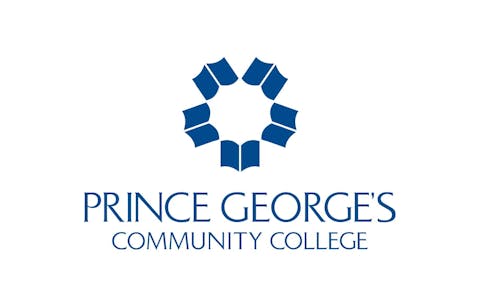
“That’s an increase of 2.9%, or about one million learners, within the last year,” said Dr. Doug Shapiro, research and executive director at the National Student Clearinghouse (NSC) Research Center, which gathers data on postsecondary institutions in the U.S.
These findings come from NSC’s latest “Some College, No Credential Outcomes: Annual Progress Report.” SCNC students are those who attended any portion of postsecondary education, but have stopped out for at least three consecutive semesters without being awarded a credential.
“The SCNC population has grown in every state except Alaska, which held steady. There was no state in which this population fell,” said Shapiro. “Among larger states with the highest SCNC growth rate are Arizona, Texas, Georgia, and Florida, which all had increases above 3.5%. Illinois and Michigan grew much less, by 1.2% and 1.8% respectively.”
The report’s conclusions urge institutions to find ways to engage this ever-growing population, particularly to help America achieve its 60% credential attainment goal for those between 25 and 64 years old by the year 2025. This goal has been set by the Lumina Foundation, a private foundation working to make higher education opportunities available for all. NSC chose to focus this SCNC report on those under age 65, specifically those who could potentially boost the workforce and the economy.
The good news, said Shapiro, is that “new stop outs fell slightly, and the number of re-enrollments of former SCNC students have increased by about 78,000 [students], just about reversing the decline of 80,000 we noted in last year’s report."
Those who returned to education overwhelmingly chose to return to public, two-year community colleges or primarily online institutions. About two-thirds of returning students chose a different institution than their original attendance, and many switched educational sectors entirely.





















